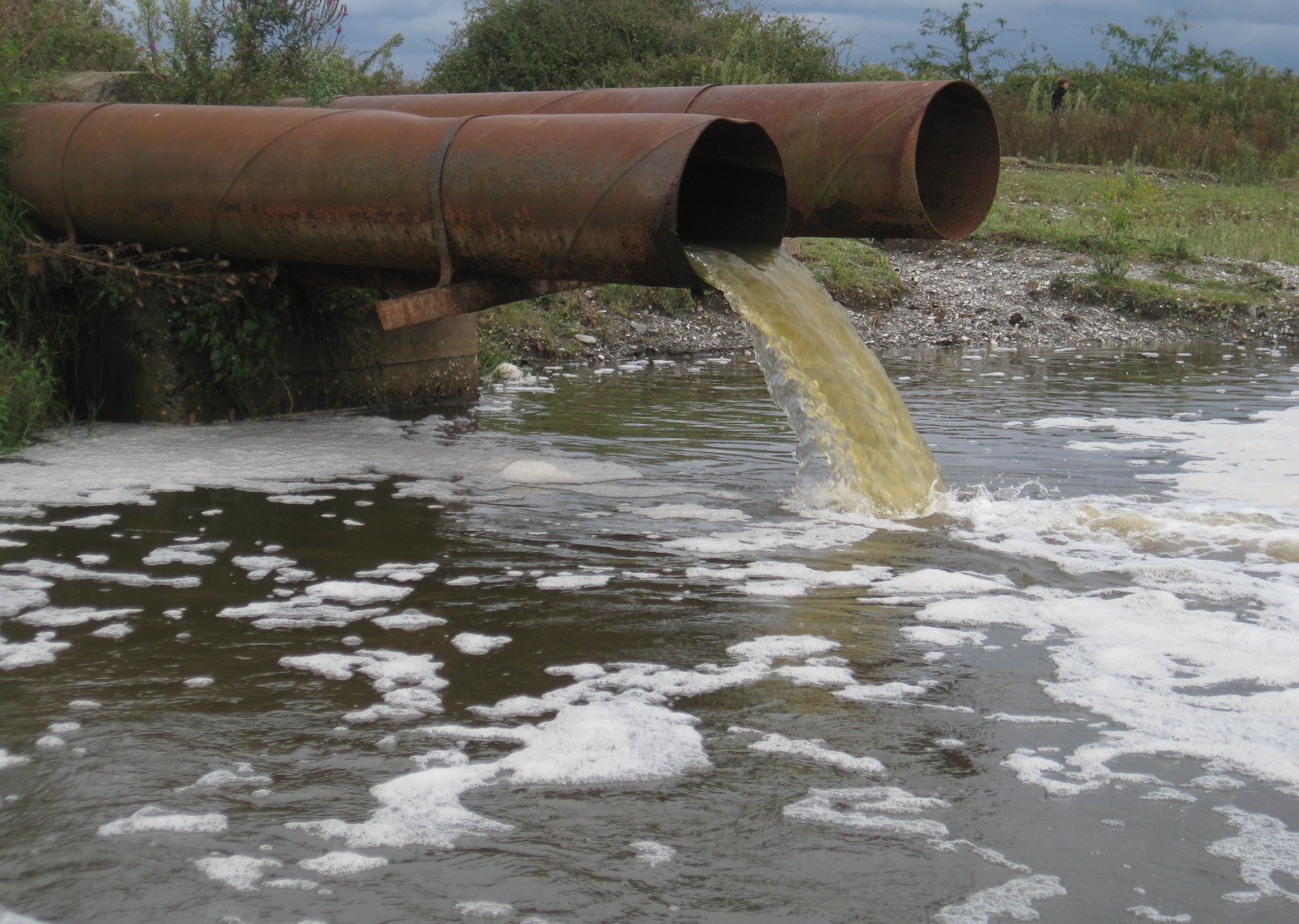The principle of Kjeldahl method to detect the content of ammonia nitrogen in water
发布时间:2021/3/5 14:53:16 来源:贯奥仪器仪表 作者:便携式多参数水质分析仪器 阅读次数:
Kjeldahl nitrogen refers to the nitrogen content in water measured by the Kjeldahl method. It includes ammonia nitrogen and organic nitrogen compounds. Such organic nitrogen compounds refer to proteins, amino acids, nucleic acids, urea and a large number of synthetic organic nitrogen compounds with negative trivalent nitrogen. But it does not include nitrate nitrogen, nitrite nitrogen, and nitrogen compounds such as azide, hydrazine, azo, hydrazone, nitro and nitroso. Since most of the organic nitrogen compounds in water are the former, after measuring Kjeldahl nitrogen and ammonia nitrogen, the difference is the organic nitrogen compound.

1. Significance of Kjeldahl nitrogen determination
The measurement of Kjeldahl nitrogen is mainly to understand the pollution status of water bodies. This indicator has certain significance in evaluating the eutrophication of lakes and reservoirs.
2. Principle of Kjeldahl nitrogen determination method
Sulfuric acid was added to the water sample and heated to digest, so that the ammonium nitrogen in the organic matter was converted into ammonium bisulfate, and the free ammonia and ammonium salt were also converted into ammonium bisulfate. In order to increase the boiling speed during digestion, an appropriate amount of potassium sulfate can be added to increase the digestion rate, and copper sulfate is added as a catalyst to shorten the digestion time. The digested liquid is alkalized by adding sodium hydroxide to distill out ammonia, which is absorbed by boric acid solution.
The final determination method of Kjeldahl nitrogen determination is the same as that of ammonia nitrogen. Nessler's reagent colorimetry is used when the content is low, and acid titration is used when the content is high.
3. Apparatus used for Kjeldahl nitrogen
Kjeldahl nitrogen determination device: refer to the diagram, ammonia nitrogen distillation device
4. Reagents
(1) Concentrated sulfuric acid (p=1.84g/mL).
(2) Potassium sulfate.
(3) Copper sulfate solution: Weigh 5g of copper sulfate (CuSO·5HO) and dissolve it in pure water without ammonia and dilute to 100mL.
(4) Sodium hydroxide solution: Weigh 500g of sodium hydroxide and dissolve it in pure water without ammonia and dilute to 1L.
(5) Boric acid solution: Weigh 20g of boric acid and dissolve it in pure water without ammonia and dilute to 1L.
Other reagents are the same as the determination of ammonia nitrogen
5. Experimental steps
(1) Determination of sampling volume

(2) Digestion: Take an appropriate amount of water sample in a 500mL Kjeldahl bottle, add 10m concentrated sulfuric acid, 2mL copper sulfate solution, 6g potassium sulfate and several glass beads, and mix well. Heat and boil in a fume hood. When white smoke of sulfur trioxide appears and the solution becomes clear (colorless or light yellow), keep it boiling for 30 minutes, cool, add 250ml of ammonia-free pure water, and mix well.
(3) Distillation: Place the Kjeldahl bottle at an angle of 45 degrees, slowly add 40mL sodium hydroxide solution along the wall to form an lye layer at the bottom of the bottle, connect the nitrogen ball and the condenser, use 50mL boric acid solution as the absorption liquid, and the pipe Insert the tip under the liquid surface. Heat the distillation, and when the distillate is collected to 200mL, stop the distillation.
(4) Determination: Same as ammonia nitrogen Nessler's reagent colorimetric method or acid titration method. The measured amount of ammonia nitrogen is the Kjeldahl nitrogen amount.

